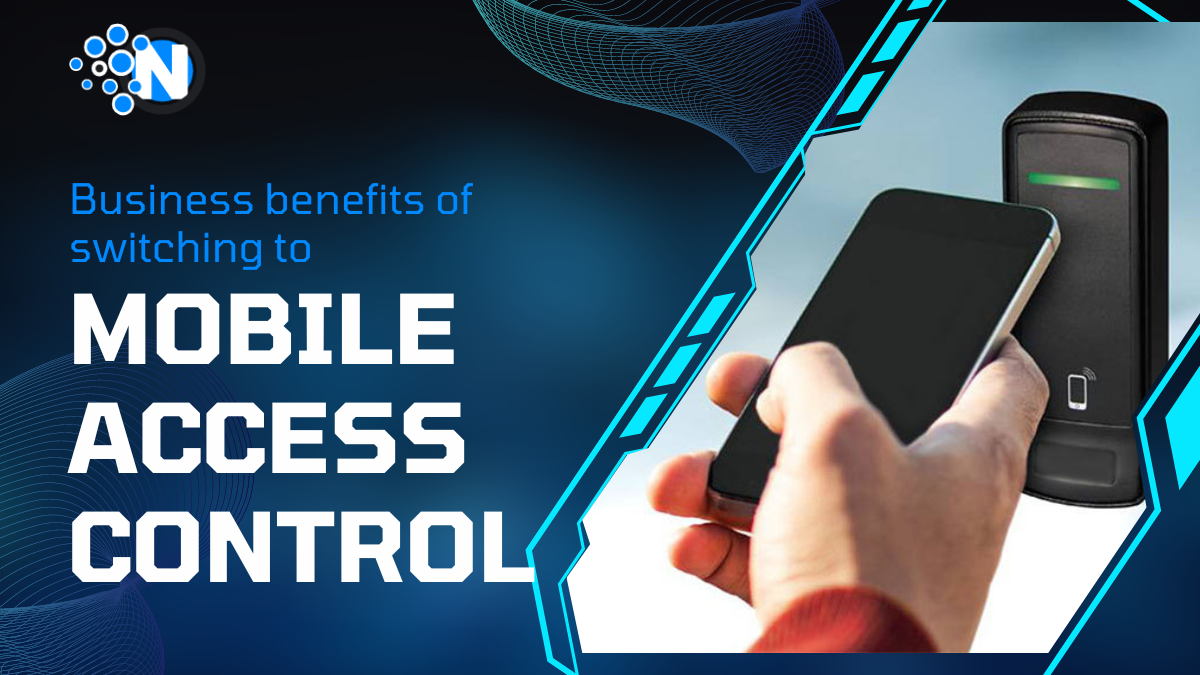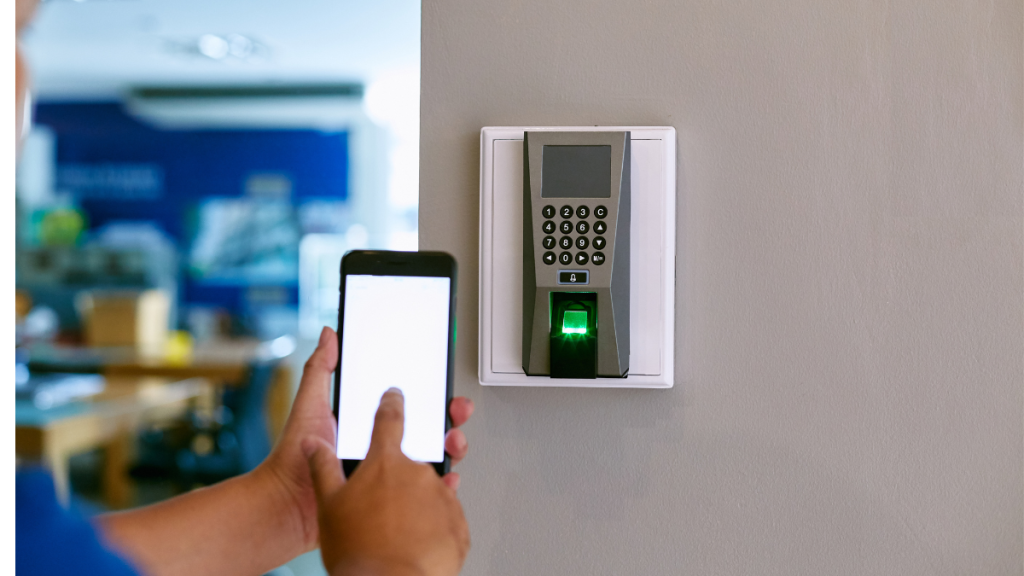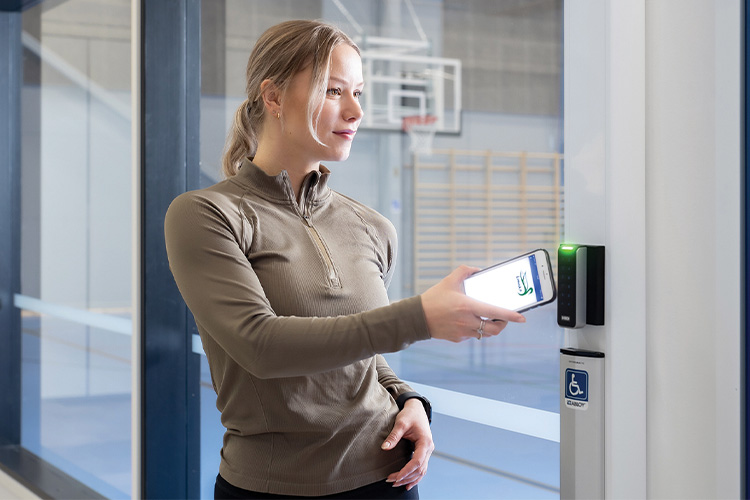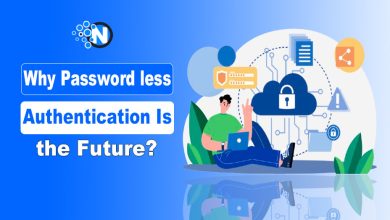
In today’s rapidly evolving digital landscape, businesses are constantly seeking innovative solutions to enhance their security and streamline operations. One such technological advancement that has gained significant traction is Mobile Access Control. By leveraging the power of mobile devices, businesses can revolutionize their access control systems, offering a wide range of benefits and opening up new possibilities.
This article will explore the various business benefits of switching to Mobile Access Control and how it can propel your organization forward in the modern era.
What is Mobile Access Control?
Mobile Access Control is a security solution enabling businesses to manage and control access to physical spaces using mobile devices. It replaces traditional access control methods, such as physical keys or keycards, with digital credentials stored on smartphones or other mobile devices. Mobile Access Control utilizes Bluetooth, NFC (Near Field Communication), or mobile apps to authenticate and authorize individuals to enter secured areas.
By leveraging mobile devices as digital credentials, businesses can enhance security, streamline access management processes, and provide a more convenient and flexible experience for employees and authorized personnel. This technology enables businesses to remotely manage access, track access activities, and integrate with other security and operational systems, creating a comprehensive and efficient security ecosystem.

Importance of Mobile Access Control for Businesses
Mobile Access Control holds immense importance for businesses in today’s digital era. With the rapid advancement of technology, traditional access control methods are becoming outdated and inefficient. Mobile Access Control offers businesses enhanced security, convenience, and flexibility. By utilizing mobile devices as digital credentials, businesses can eliminate the risks of lost or stolen physical keys or keycards. This enhances security, simplifies access management, and reduces administrative tasks. Mobile Access Control also allows remotely managing access, and granting or revoking privileges in real-time. Moreover, integrating mobile credentials aligns with the modern workforce’s preference for mobile-first experiences, ensuring seamless and user-friendly access control.
Benefits of Mobile Access Control
Enhanced Security and Convenience
Improved Access Management
With Mobile Access Control, businesses can bid farewell to traditional keycards or physical keys. Instead, employees can conveniently use their smartphones or other mobile devices as digital credentials for accessing secured areas. This eliminates the risks associated with lost or stolen physical credentials and the hassle of managing and distributing keycards. Mobile access management provides:
- Enhanced security.
- Ensuring only authorized personnel can enter designated areas.
- Safeguarding valuable assets and sensitive information.
Two-Factor Authentication
Mobile Access Control systems also incorporate a two-factor authentication feature, to add an extra layer of security to the access process. In addition to using their mobile device as a digital credential, employees may be required to provide an additional proof of verification, such as a fingerprint, PIN code, or facial recognition. This multi-factor authentication significantly reduces the chances of unauthorized access, deterring potential security breaches.
Remote Management Capabilities
One of the key advantages of Mobile Access Control is the ability to manage access remotely. Administrators can effortlessly grant or revoke access privileges in real-time, even if they are not physically present at the premises. This flexibility enables businesses to respond promptly to changing security requirements and instantly address any concerns, enhancing overall operational efficiency.
Cost Savings and Operational Efficiency
Elimination of Physical Key Management
Traditional access control systems often necessitate duplicating and distributing physical keys, resulting in significant costs and time-consuming administrative tasks. By transitioning to Mobile Access Control, businesses can eliminate the need for physical keys altogether. This reduces expenses associated with key duplication and streamlines key management processes, freeing up valuable time for employees to focus on more critical tasks.
Simplified Access Audit and Reporting
Mobile Access Control systems provide comprehensive audit trails and reporting functionalities, empowering businesses with valuable insights into access activities. Administrators can easily track who accessed specific areas and at what times, enabling them to monitor employee movements and identify any irregularities. These detailed audit logs can be invaluable in investigations, compliance requirements, or even performance evaluations.
Integration with Existing Systems
Mobile Access Control solutions are designed to seamlessly integrate with other security and operational systems. This integration facilitates a holistic approach to security management, enabling businesses to leverage existing investments in video surveillance, alarms, and other related technologies. By integrating these systems, organizations can create a centralized security ecosystem that offers greater control, efficiency, and visibility.

Flexibility and Scalability
Adaptable to Dynamic Environments
In today’s fast-paced business landscape, flexibility is paramount. Mobile Access Control systems provide the agility required to adapt to ever-changing security needs. Whether it’s accommodating a growing workforce, reconfiguring office layouts, or responding to new access requirements, these systems can be easily scaled and reconfigured without requiring extensive hardware installations or rewiring. This flexibility ensures that businesses can keep up with evolving security demands and maintain operational continuity.
Integration with Mobile Credentials
With Mobile Access Control, employees can conveniently carry their access credentials on their smartphones, eliminating the need for separate keycards or tokens. This integration with mobile devices aligns with the modern workforce’s preference for mobile-first experiences, ensuring seamless and user-friendly access control. Moreover, mobile credentials can be remotely provisioned or revoked, offering unmatched convenience and adaptability.
Conclusion
Mobile Access Control emerges as a game-changing solution as businesses strive to optimize their security measures, enhance operational efficiency, and adapt to a digital-first world. With help of this innovative access technology, businesses can unlock lots of benefits, including enhanced security, convenience, cost savings, operational efficiency, flexibility, and scalability. Mobile Access Control is not just a trend but a transformative tool that empowers businesses to stay ahead of the curve and leave their competitors behind.
So, take the leap, embrace Mobile Access Control, and revolutionize your business’s security infrastructure. Experience the business benefits firsthand and witness the positive impact it can have on your business operations.




